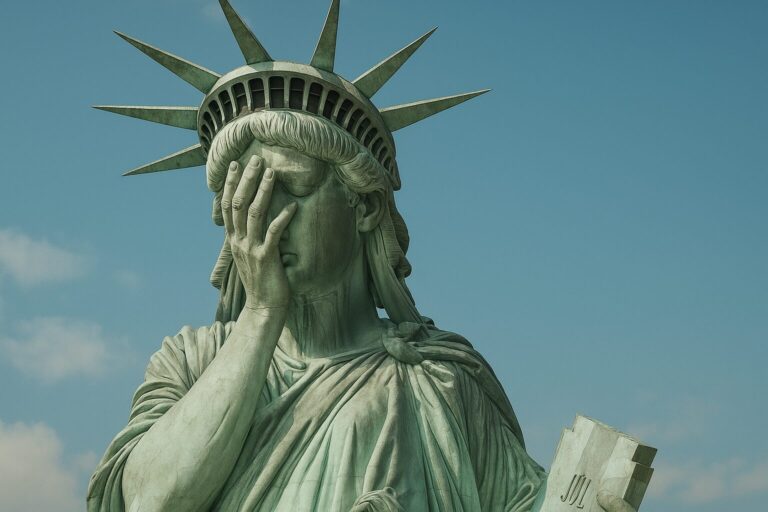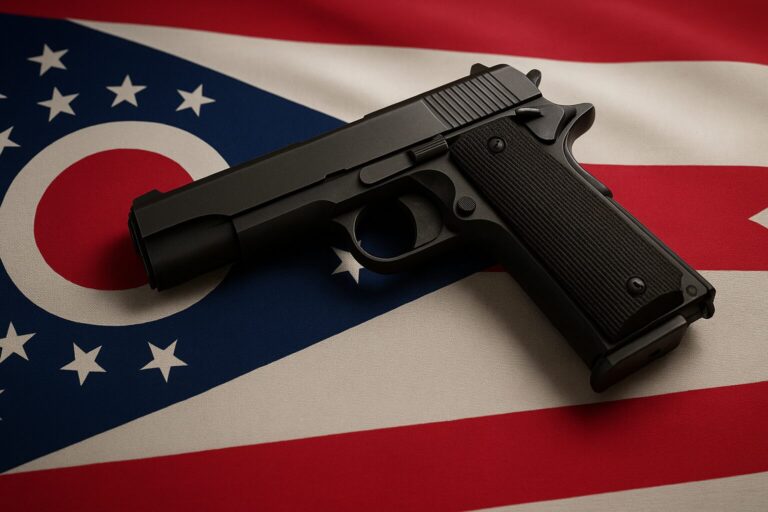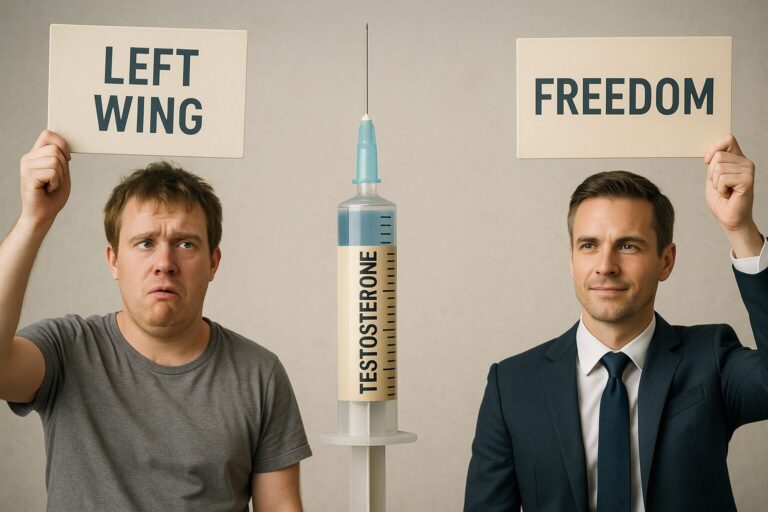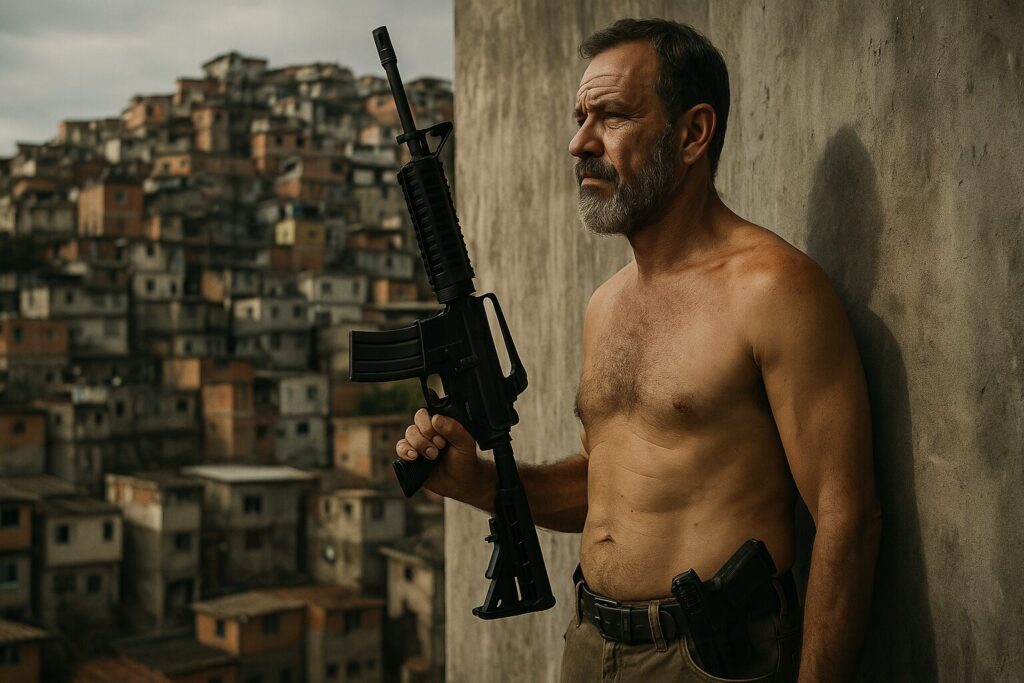
Gun control is often promoted as a universal good—framed by media outlets and political elites as a guaranteed path to peace, safety, and social progress. But the reality, especially in countries like Brazil, tells a more complicated—and sometimes dangerous—story. What follows is a detailed analysis of what’s frequently left out of the global disarmament narrative, revealing how civilian disarmament campaigns can backfire, distort public perception, and ultimately make societies less secure.
1. Historical Depth & Intent
Gun control campaigns are rarely spontaneous. In Brazil, civilian disarmament was the result of decades of political and ideological effort aimed not at criminals, but at law-abiding citizens. Long before laws were passed, there was a cultural shift promoted by media and academia to equate civilian gun ownership with danger and backwardness—laying the groundwork for restrictive laws.
The process intensified in the early 2000s, culminating in national disarmament legislation that restricted legal ownership and made carrying firearms virtually impossible for ordinary citizens. These laws were pushed through with aggressive propaganda campaigns and emotional appeals, often using tragic but isolated events to stir public support.
Yet few questioned why these restrictions focused almost exclusively on those who already followed the law. Criminals—by definition—ignored these regulations. The result was the steady weakening of the honest citizen’s ability to defend themselves, while organized crime retained and even upgraded its arsenals.
2. Myths of Reduced Crime
Gun control advocates frequently point to statistical drops in homicide rates in the years following disarmament laws. On the surface, this appears convincing. But when examined critically, these “drops” were small, temporary, and often attributable to other factors—like improved policing, demographic shifts, or economic changes.
Furthermore, the long-term data tells a different story. Between 1980 and 2003, Brazil’s homicide rate tripled. After the 2003 disarmament law, homicides declined briefly in some regions, but the national trend remained high. In several years that followed, rates surged again—despite tighter gun laws being in full effect.
Media coverage, however, continued to link any short-term crime reduction to gun control, rarely acknowledging the full complexity of the issue. The narrative became self-sustaining: if crime drops, it’s because of disarmament; if crime rises, it means we didn’t disarm enough.
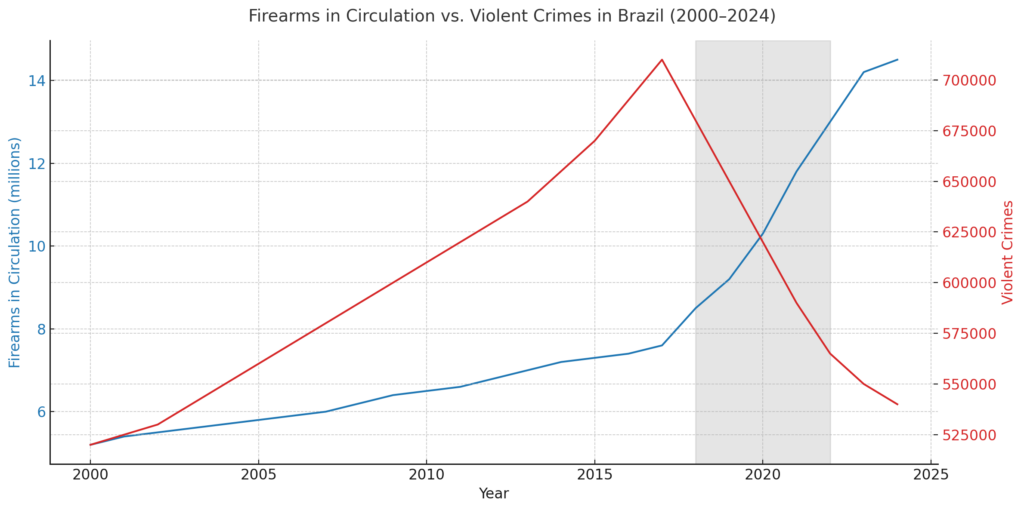
From 2003 onward, Brazilian citizens faced one of the most aggressive civilian disarmament policies in the world. Through a combination of federal legislation, propaganda, and coercion, the right to bear arms was not just restricted—it was effectively eradicated for the average person. Carrying a firearm for self-defense was made virtually impossible, and those who did so legally were often treated as criminals. Ordinary citizens who simply wanted to protect their families were subjected to inspections, harassment, public shaming, and even imprisonment, while violent criminals operated with impunity.
During this period, strict limitations were imposed on both firearm types and calibers. Civilians were banned from accessing most semi-automatic rifles, high-caliber pistols, and tactical firearms. Ammunition possession was tightly restricted, and any mention of self-defense as a justification for owning a firearm was officially dismissed. The result was a society where only criminals, police, and the state held weapons, while law-abiding citizens were stripped of the most basic right to personal protection.
As expected, this disarmament effort had catastrophic consequences. Brazil quickly became the most violent country in the world in absolute numbers, with homicide rates surpassing those of countries at war. Over 60,000 people were murdered annually at the height of this crisis. Meanwhile, the state insisted that taking guns from citizens would lead to peace—while ignoring that criminals had never surrendered theirs. In reality, disarmament created a massive power vacuum that was immediately filled by organized crime.
Between 2018 and 2022, a brief period of firearm law liberalization occurred. During these years, citizens were once again allowed to legally acquire and register firearms, resulting in an unprecedented surge in civilian armament. And what happened? Violent crime plummeted. The number of homicides dropped significantly, proving what freedom advocates had always claimed: an armed citizenry is a safer citizenry. This period, clearly visible in the graph, marks the strongest correlation between increased legal gun ownership and improved public safety in Brazilian history.
But that progress was violently reversed. After the rise of dictator Luiz Inácio Lula da Silva in 2023, the government launched an authoritarian crackdown on gun owners. With the support of the Brazilian Army and national police, lawful citizens are once again being targeted. Licenses are being revoked, gun shops shut down, databases seized, and entire segments of the population disarmed by decree. All while criminal factions expand their control over major cities and rural zones. Though current crime data is still being compiled, the writing is on the wall: as freedom is suppressed, violence is making a brutal comeback.
3. The “Only Criminals Remain Armed” Fallacy
One of the greatest dangers of civilian disarmament is that it only disarms the civilians. Criminals do not hand in their weapons voluntarily. In fact, organized crime groups in Brazil often used the disarmament period to consolidate power, smuggling in more sophisticated arms while the general population was being disarmed.
This created a perverse imbalance. The police could not be everywhere, and honest citizens were left defenseless. Criminals, emboldened by this advantage, became more brazen in home invasions, carjackings, and assaults, knowing that the likelihood of encountering an armed victim was close to zero.
Even worse, there are well-documented cases where weapons handed in through “buyback” programs or amnesty initiatives were misappropriated, stolen, or re-sold on the black market. The law-abiding population was punished; criminals, predictably, were not.
4. Illicit Arms Trade Surged
One of the unintended consequences of gun control policies in Brazil—and in many other countries—is the rise of an underground arms market. When legal avenues are shut down for ordinary people, the demand doesn’t disappear—it just migrates to illicit channels.
In favelas and border regions, smuggled rifles, pistols, and even military-grade weapons continued to circulate. Some of these came from neighboring countries, others were stolen from military stockpiles or imported illegally. Disarmament policy did not stop this. It simply shifted the entire market underground, out of view of public regulation and oversight.
Rather than focusing resources on intercepting illegal shipments or dismantling trafficking networks, the government often prioritized collecting weapons from lawful owners. This not only failed to reduce the total number of weapons in circulation—it empowered those willing to break the law to begin with.
5. Selective Data Sampling
Another tactic used to support disarmament narratives is the cherry-picking of data. Media headlines often highlight crime drops in specific cities or over short periods, ignoring wider regional or national trends that contradict the narrative. This creates a misleading picture of overall safety improvements.
For example, if one city reports a 5% drop in gun-related crimes over six months, it becomes national news—while a 20% increase in rural areas or among vulnerable populations is ignored. The result is a skewed perception of security, especially among urban elites who are less exposed to daily violence.
True analysis requires consistent, long-term, and context-sensitive data. When that’s applied, the disarmament thesis falls apart. Countries with widespread civilian gun ownership—like the U.S. or Switzerland—do not have higher crime rates per se, and often fare better than heavily disarmed nations like Venezuela or South Africa.
6. Democratic Will Ignored

In 2005, Brazil held a national referendum asking the population whether civilian sales of firearms should be banned. The result was clear: over 63% voted against the ban. This was a major moment of democratic expression—proof that the population valued the right to self-defense.
However, the political and media establishments did not accept the outcome. Instead, they doubled down, passing new restrictions via executive orders, regulatory agencies, and backdoor legislative maneuvers. What the people rejected at the ballot box, the elite imposed through bureaucracy.
This disregard for the democratic process not only undermines public trust—it exposes the ideological nature of the disarmament agenda. When the will of the people is cast aside to serve a narrative, we’re no longer talking about public safety. We’re talking about control.
7. International Echoes
What happened in Brazil is not an isolated case. Across the world, gun control policies are often exported as if they were universally applicable “solutions,” with little attention to cultural, geographic, or legal context. These programs are usually promoted by the same global networks of NGOs, media outlets, and disarmament think tanks.
In countries like Canada, New Zealand, or the United Kingdom, firearm bans have also sparked fierce public resistance—and often failed to deliver the promised security. At the same time, many of these countries report increased smuggling, loss of trust in institutions, or crime migration to unarmed zones.
The lesson is clear: there is no one-size-fits-all model for disarmament. What may work in a peaceful Scandinavian village may be disastrous in a densely populated and unequal urban center. Gun policy must respect the realities and sovereignty of each society.
8. We Don’t Need a New Debate—We Need to Reclaim Our Rights
There is no need for yet another round of public debate or academic panel discussions. The time for talk has passed. What we need now is direct action: the uncompromising defense of total civilian access to arms and the restoration of individual rights on a global scale.
The disarmament agenda has proven itself to be not only ineffective, but dangerous. It empowers criminals, weakens citizens, and expands the control of bureaucratic regimes over honest people. In every country where civilian gun ownership has been curtailed, liberty has followed the same path—eroded, redefined, and ultimately denied.
The DEFENSE Institute does not advocate for permission slips, limited access, or “regulated freedoms.” We stand for full, unrestricted access to firearms for responsible civilians. Not as a privilege—but as a birthright. The right to self-defense is non-negotiable, and the global fight for freedom begins by arming the people once more.



